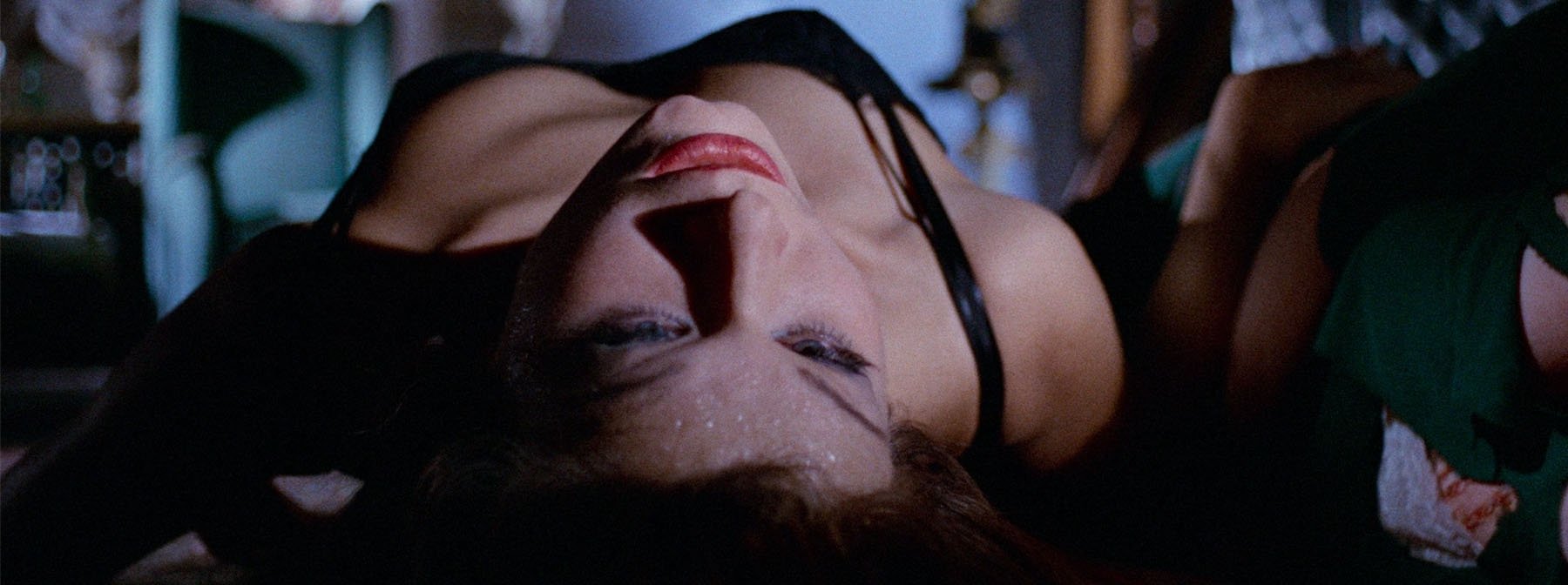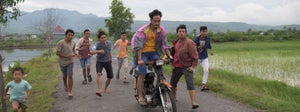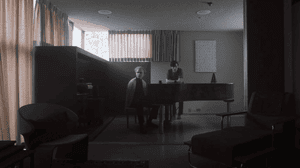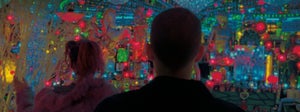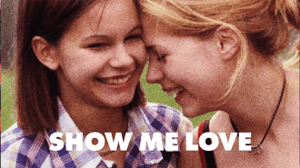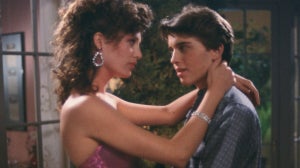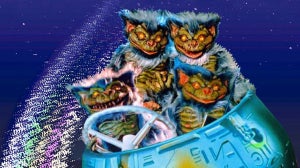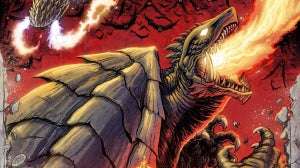
If you’re a horror fan, you love Mario Bava, even if you haven’t seen a single one of the Italian maestro’s movies. That’s because Bava is one of the most influential filmmakers the genre’s ever widened its eyes to - leaving his bloody thumbprints on the formation of some of the most famous franchises in cinema history… even if he didn’t actually direct any of them.
Confused? You won’t be, because we’ve compiled a guide to Bava’s six key movies - all of which demonstrate his significant place in horror history… and beyond.
So, whack a color filter on your lightbulb (red or green, ideally), pull on some squeaky leather gloves, and get ready to meet one of the greatest directors ever to scream ‘azione!’
I Vampiri (1957)
Bava doesn’t get a full director’s credit on this one, but he did complete the picture after original director Riccardo Freda left the production. The film was Italy's first horror film of the sound era, making it Italy’s first true horror movie, full stop.
And it’s appropriate that Bava would be there at the dawn of gothic cinema - I Vampiri came out a full year before Hammer’s first vampire movie, Dracula (1958), which opened the floodgates for gothic horror in Italy - but Bava got there first.
https://youtu.be/UjV_de_b9dQ?feature=shared
Black Sunday (1960)
While Black Sunday wasn’t a hit on its original Italian release (though it did find success when it came out in the US a year later), the right people did catch it - it was a turning point for horror cinema, pioneering in the way it combined extreme horror and lush beauty. There absolutely wouldn’t be a Dario Argento if it wasn’t for Mario Bava. You could also argue that it left its mark on the Spaghetti Western genre, too - but that’s an argument for another time.
It’s definitely the first truly great example of the ‘arthouse meets grindhouse’ style, popularized by companies such as A24 today. Black Sunday looked so good because Bava started his career as a cinematographer, stepping up from the role on I Vampiri - and lighting is a key element of the appeal of his movies.
https://youtu.be/N05Bm7kOZgg?feature=shared
Black Sabbath (1963)
Black Sabbath was a transitional picture in many ways, it was Bava’s first experiment in delivering horror in colour (using his fantasy work as an influence), it paid respect to the past by casting Boris Karloff in the host role, while also keeping a gouged eye on the future, featuring startling imagery that felt bold for the era, and still shocks today.
If you want to explore the anthology’s influence, you don’t have to go much further than the first installment, The Telephone, which set the template for movies like Black Christmas and Scream.
Both owe a significant debt to the way Bava delivered a premise that’s become a stalwart in horror - a woman, home alone, receives a threatening call from a stranger, and has to solve the mystery of who the voice belongs to. It’s a premise that feels like it was born in the 70s/80s, but Bava did it in the ‘60s. And, again, he had influence outside of horror - with Quentin Tarantino namechecking Black Sabbath as a key inspiration for Pulp Fiction.
https://youtu.be/JO8LJjLjncc?feature=shared
Blood and Black Lace (1964)
A year later, Bava decided to transform horror once again, making the colours more bold, the terror more beautiful, and the plot more modern than anything he’d created before. He also put his villain into an iconic outfit (a trenchcoat, black hat, black gloves, and - significantly - black mask), creating the concept of a masked murderer who Michael Myers and Jason Voorhees (more of him later) took style tips from.
The plot - a killer stalks and kills models in an Italian fashion house - will also be familiar to all who love the giallo genre, and its American slasher descendents.
https://youtu.be/WCb-GiEj5xw?feature=shared
Planet of the Vampires (1965)
Bava didn’t just make horror movies, he also made comic-book adventure films (check out Danger: Diabolik, it’s absolutely amazing), fantasy (Hercules in the Haunted World is beautiful), and sci-fi, including the movie we’re about to discuss. But all featured horror elements, and all had extreme visual impact.
And Planet of the Vampires certainly had an impact on another director known for his visuals - it’s a clear influence on Ridley Scott’s Alien franchise, which feels like a remake at times.
The story is a disturbing descent into horror for crew members of two spaceships that crash land onto a mysterious planet - inhabited by aliens that possess the corpses of their fallen crewmates, so they can kill the survivors and invade their bodies too. Sound familiar?
https://youtu.be/Eu1VOmwuHag?feature=shared
A Bay of Blood (1971)
For many horror fans, A Bay of Blood is Bava’s peak - though it lacks the surreal lighting of his best work, it’s his goriest, smartest and funniest movie. This combination of graphic violence, twist-filled plot, and deeply unlikeable characters has a tone that feels like it’s telling the darkest joke ever - building to an unforgettable punchline.
It’s an obvious influence on the Friday the 13th franchise, featuring a killer’s POV as they stalk a bunch of teenagers through a wooded / water area, before dispatching them in visually inventive ways. The first Friday the 13th sequel even featured a direct rip off (or homage, depending on how generous you want to be) of Bay of Blood, with a bedded couple embedded by a single spear - practically a shot for shot lift of how it happens in Bava’s movie. And it’s not often mentioned, but it feels like the Final Destination movies also have their roots in A Bay of Blood - some of these deaths really are crazy.
https://youtu.be/PtzLn3_MTS8?feature=shared
So, if you are a Bava beginner that’s plenty to get you started, with enough context to know where to place the movies. But let this be the beginning of your journey, not the end.
Classics like Kill Baby Kill (1966), The Whip and the Body (1963), Five Dolls for an August Moon (1970), Lisa and the Devil (1974), and Shock (1977) are all also worthy of your time.
Mario Bava, we salute you!

Related Articles

